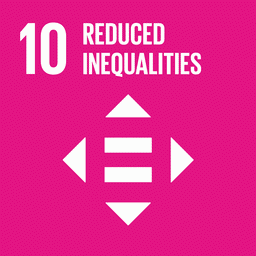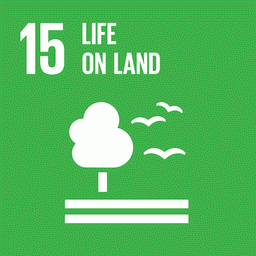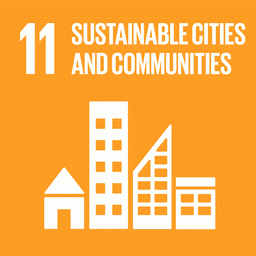More than five thousand families belonging to traditional peoples and communities and small-scale farmers used ‘Tô no Mapa’ (I’m on the Map), an app which allows them to map their territories, which have not been recognized in official Brazilian maps, themselves. This is according to the first report on the tool released this Wednesday, June 30th, by IPAM (Amazon Environmental Research Institute) and by ISPN (Institute for Society, Population and Nature), with support from Rede Cerrado and Instituto Cerrados.
Quilombolas, indigenous peoples, riverine communities, small-scale fishers, extractivists, babassu coconut breakers, among so many others, were some of the groups that accessed the tool to define the limits of their land. Data generated by IPAM and ISPN through a survey on part of the Cerrado show that there are 3.5 more traditional communities in the region than what government agencies recognize. This gap in information makes the app an essential tool for depicting the reality of these populations.
‘Tô no Mapa’ was launched in October 2020 by IPAM and ISPN, in partnership with Rede Cerrado, based on workshops and discussions with communities of the Matopiba region. In the app, land use characteristics and locations, as well as areas of conflict., can be included. The goal is to build a map with information on the traditional and rural communities and peoples of all of Brazil.
Invisible communities, threatened territories
Up to the current moment, 53 communities from 23 Brazilian states have mapped their territories on the app. The largest number of registrations have been in the Cerrado biome in Goiás (25%), Mato Grosso do Sul (23%), Tocantins (19%), and Maranhão (17%). The sum of all territories that were mapped is 290 thousand hectares.
For the Cerrado and Caatinga Program coordinator, Isabel Figueiredo, maps are political tools. “Through this initiative we want to offer a tool for communities to take control and define their territories themselves, thus, contributing to ensuring these territories”, she evaluates.
During the registration process, the families reported problems with territorial disputes and land invasions – a situation that represents 53% of the conflicts informed in the app, according to the report. The lack of recognition and regularization of traditional territories leaves the traditional peoples and communities unprotected from threats. Self-mapping is a first step for communities to, somehow, be contemplated in the elaboration of public policies and protective measures.
Guardians of nature
If the invisibility of traditional peoples and communities and family farmers represents a risk to the lives of these people, their culture, and secular traditions, it also places the environment at risk.
“The mapping intends to shed light on a series of players that are fundamental for conserving the Cerrado and other biomes”, explains IPAM researchers and project coordinator, Isabel Castro.
Agroecological production, farming, and livestock rearing define the activities of 70% of the families that registered in the app. Quite frequently, with the collective use of the soil, traditional peoples and communities adopt sustainable practices to conserve springs and fauna and flora biodiversity in the surroundings.
Impact caused by the pandemic
The covid-19 pandemic made it impossible to continue in-person workshops which, since 2018, had been taking place in priority locations of the Matopiba region to discuss the mapping. The events continued to occur virtually, but the instability of Internet and phone signals in the communities impacted the possibility of participation.
The risk of contagion from the new coronavirus also made it difficult to register the communities in the app, since one of the registration requirements is to hold a meeting between members of the community in order to ensure a collective and participatory process.
Next steps include improving the app and holding a meeting with more organizations and communities interested in the theme of territorial rights for traditional peoples and communities.
The organizations plan on also integrating ‘Tô no Mapa’ to the traditional peoples and communities’ platform of the National Council for Traditional Peoples and Communities and the Federal Public Prosecutor’s Office (MPF).
‘Tô no Mapa’ was supported by the Critical Ecosystems Partnership Fund (CEPF), a joint initiative between the French Development Agency, Conservation International, the European Union, Global Environmental Facility, the Japanese government, and the World Bank. A fundamental goal is to ensure that civil society is involved with biodiversity conservation.


